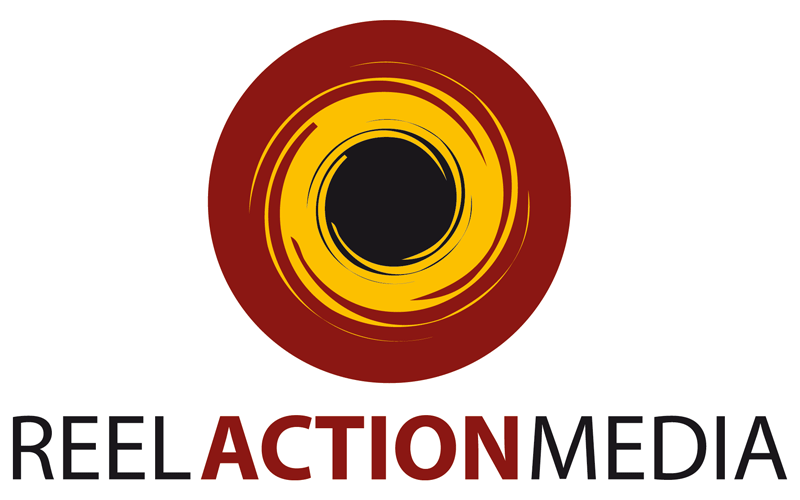Here at RAM we think and talk a lot about how to make our pieces more compelling and engaging. We cover both technical and artistic aspects of the films we see and films we are making. It is not often that we get a chance to isolate one or more aspects for direct comparison. However, last week a short video came across my virtual desk that was epic, cinematic, and stunning technically and one that I found quite engaging from an artistic perspective as well. Sponsored by the Greenland Tourism department of all places, the cinematography was glossy but substantive. I see a lot of glossy stuff where the grips and gaffers have made the images flawless but these were different because it was obvious that they were created without the lights, bounces, and silks available to most commercial productions.
I forwarded the video around and then dug a little deeper to find that it was the “parent” video of a series of smaller videos. It seems that the team collected a bunch of great footage and then used that footage to create a campaign of short pieces on various activities and topics. There is a lot of footage that gets reused in these which is fine. The footage is all wonderful. What I found interesting though was that while the footage was all comparable, the tone of each piece varied across a scale from what I would call sincere or authentic to one that I would call contrived or commercial. This provided an opportunity to isolate the tone, the writing, the “story” side of things from the visual language of the pieces because that was comparable across each. (see the progression below)
What struck me most was the difference between the kayaking piece and the fly fishing piece. “Kayaking” came across as honest and sincere, like the filmmakers were trying to say something worth hearing rather than another shiny piece of brain candy: momentarily stimulating but transitory and meaningless. Perhaps it is the use of native language with subtitles, perhaps it’s the music, perhaps it’s the tone of the speaker, or perhaps its the first person perspective of the writing. In any case, I listened (and read subtitles) and felt that the imagery worked with the tone of the rest of the piece to become greater than the sum of the parts.
Kayaking:
